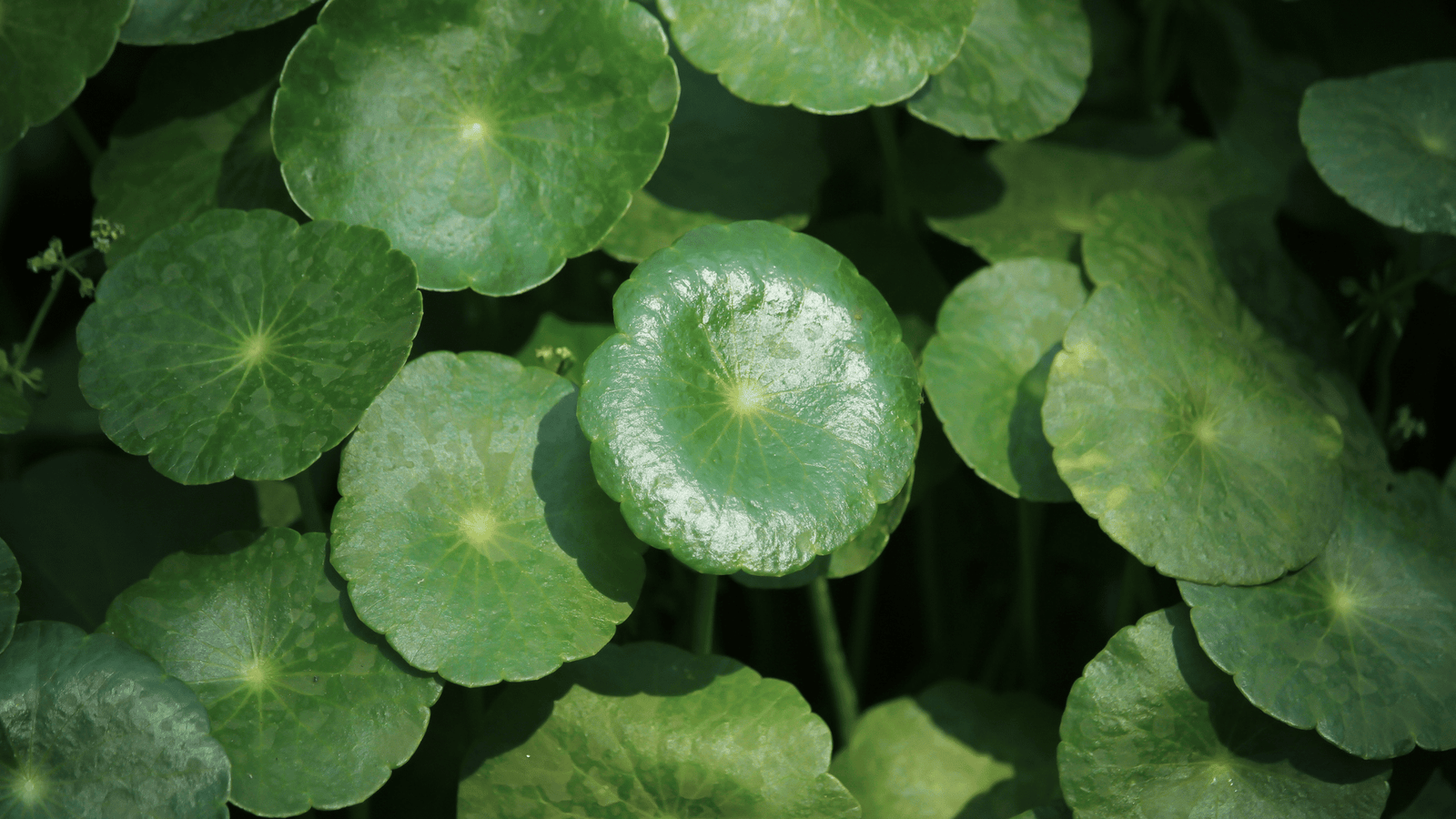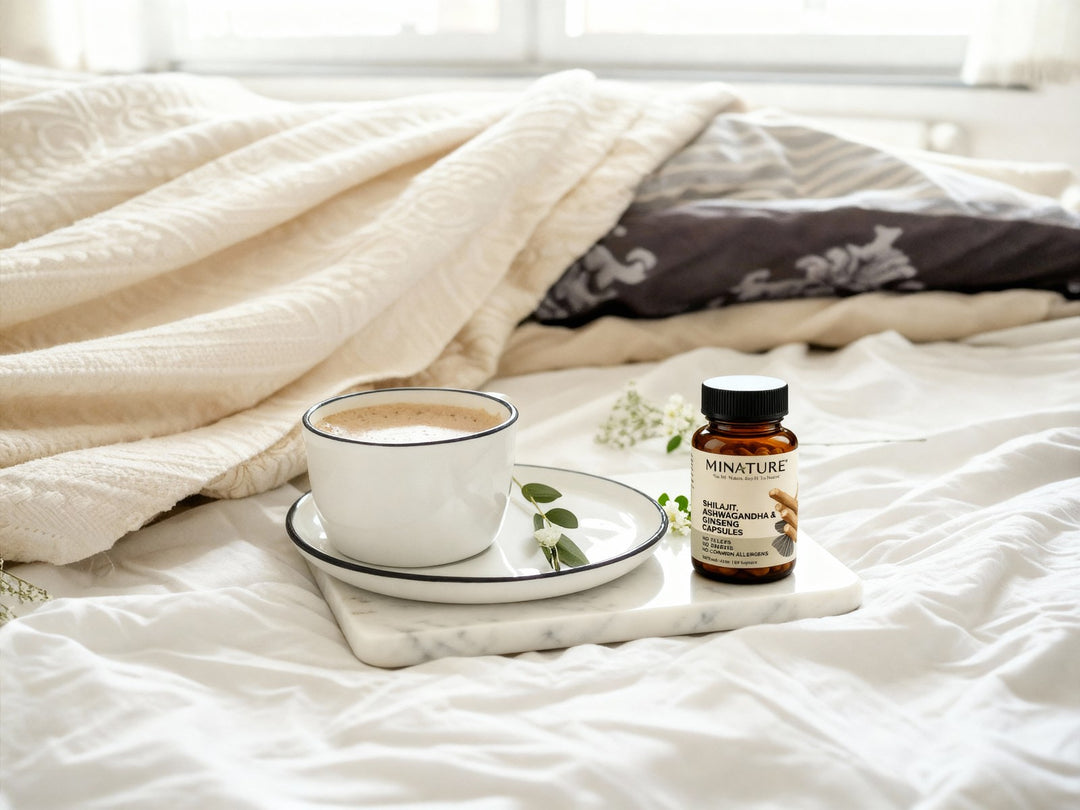Gotukola – The Wonder Herb

Centella Asiatica which is another name of Gotukola, is mainly used as therapeutic purpose for wound healing. According to ancient Ayurvedic text, this herb is being used as traditional medicine for thousand of years. Other names of this herb are Indian pennywort, Mandukparni (in Sanskrit), Jalbrahmi, Kodavan, Swaraswataku (in Telegu), Vallarai Keerai (in Tamil), Ondelaga Soppu (Kannada), Karivan (Marathi) and Asiatic pennywort (in English).
This is a perennial and herbaceous flowering plant belonging from the family apiaceae. Centella Asiatica is grown in tropical wetlands in Asia. The stems are soft and slender and reddish-green. The leaves are roundish fan-shaped with netted veins. The flowers are small and crimson white and umbels near the surface of the soil. The fruits look like a beautiful dense network. The entire plant is harvested manually and it gets matured in 3 months. This plant is found in Indian subcontinent, Southeast Asia and Southeastern US. This herb is also used in Indonesian islands. Gotu Kola is known as ‘miracle elixirs of life’ in China. It is also found in swampy areas of Sri Lanka, Pakistan, Madagascar and Eastern Europe.
The extracts of Centella Asiatica were used in nineteenth century in Indian pharmacy. Along with the treatment of wound healing, it is also used in several skin ailments like leprosy, lupus, eczema, psoriasis, fever, diarrhea and female genital problems. Gotu Kola is used as blood purifier, nerve revitalizer and depression according to Ayurveda.
Active components in Centella Asiatica
The main active bio-component in Gotu Kola is saponins which consist asiaticosides which linked to madasiatic acid and asiatic acid. The saponins and sapogenins are primarily responsible to heal the wounds and for increasing the production of collagen at the wound site. The extract of the herb contains glycosides, isothankuniside and centelloside which have active derivative in treatment of venous hypertension. The total extract contains flavonoids, plant sterols, tannins, phytosterols, resins, mucilages, free amino acids, alkaloids, fatty acids, flavonoids and essential acids.
Ayurvedic properties of Gotukola
Rasa: Tikta (bitter)
Guna: Laghu (Light)
Veerya: Sheetal (cold)
Vipaka: Madhura (Sweet)
Gotu Kola effectively balances Pitta and Kapha dosha and improves cognitive function and intelligence. It is exclusively used as Rasayana to rejuvenate various health conditions like Agni (digestive power), Bala (strength), Varna (Skin quality), Medhya (improves intelligence), Raktapitta (bleeding issues like nasal bleeding, rectum bleeding, menorrhagia etc.), Kushta (skin disorders), Meha (diabetes), Jwara (fever), Aruchi (anorexia), Shothahara (inflammation), Kasa (cough), Shwasa (asthma), Vishahara (poisoning) and Svara (to improve voice quality).
As per Charaka Samhita, regular consumption of 5-10ml of Gotu kola juice extract has been identified as a very effective brain tonic.
Culinary usages
Gotu kola leaves are used in Indian chutneys. This plant is mainly used in Sri Lankan cuisine, where it is easily available in the local market. The dish is known as ‘Malluma’ which is a traditional curry eaten with rice, dal and vegetables. This is prepared by finely chopping the plant along with grated coconut, lime juice and sea salt. In Indonesia, Gotu Kola is used as salad. In Thailand, Vietname and Cambodia, the herb is used to make drinks. In Bengal, this herb is known as ‘Thankuni Pata’ and used to make vegetable curries, vegetable soup, appetizing snacks and pickles.
Benefits of Gotu Kola
Skin diseases
Gotu Kola is a very effective anti-fungal and anti-bacterial herb. The leave extracts or the herb in the powder form is very useful to relieve fungal infection. Just as Neem oil, Gotu Kola powder can be mixed with antifungal creams or oils. It is also helpful in treating diabetic foot ulcers.
Healing wounds
Centella Asiatica is primarily used to treat inflammation linked with scar tissues, burnt tissues, psoriasis, scleroderma and fibroblast proliferation. To form new tissues, Gotu Kola powder is blended with other Ayurvedic healing mediums like Jatyadi Taila, Nimbadi Taila and Jatyadi Ghrita.
Cognitive function
Gotu Kola leave extract is being used as a very good brain tonic for ages. It is also used to prepare Medhya Rasayana which is a rejuvenating formula to calm the mind and increase memory. The antioxidant effect found in Gotu Kola has been found to reduce symptoms of Alzheimer’s disease and dementia. Mild sedative qualities of this herb are helpful in treating insomnia.
Joint inflammation
The antioxidant components in this herb provides anti-inflammatory effects to painful arthritic pain and swollen joints. Studies have shown significant anti-rheumatoid effects on collagen induced arthritic condition. The clinical usage of Gotu Kola has found cellular immunity mechanisms which provides protection against joint destruction.
Gut health
Gotu Kola is loaded with Vitamin C, Vitamin Bs, iron, calcium, proteins and flavonoids. It helps in promoting immunity and heals stomach ulcers. Studies have found that the aqueous extract of Centella Asiatica has strengthened gastric mucosal barrier and reduced the harmful effects of free radicals.
Anti-epileptic properties
According to one scientific study, Centella Asiatica increases the cerebral ranges of GABA which is why Ayurveda uses it as traditional anticonvulsant and anxiolytic medicine. Studies have shown it has effectively inhibited pentylenetetrazol-kindled seizures and strychnine induced convulsions and chemo convulsions.
The herb contains medicinal qualities in all of its parts including root, stem, bark, leaves, fruits and flowers. According to Ayurvedic scriptures, Gotu Kola posses countless health benefits, which is why it is being used and recognized globally for medicinal prescription.
Published By: Ayurveda Store New Zealand | All Rights Reserved.
References:
https://www.netmeds.com/health-library/post/gotu-kola-5
https://www.easyayurveda.com/2013/02/04/gotu-kola
https://www.ncbi.nlm.nih.gov/pmc/articles/PMC3116297/







